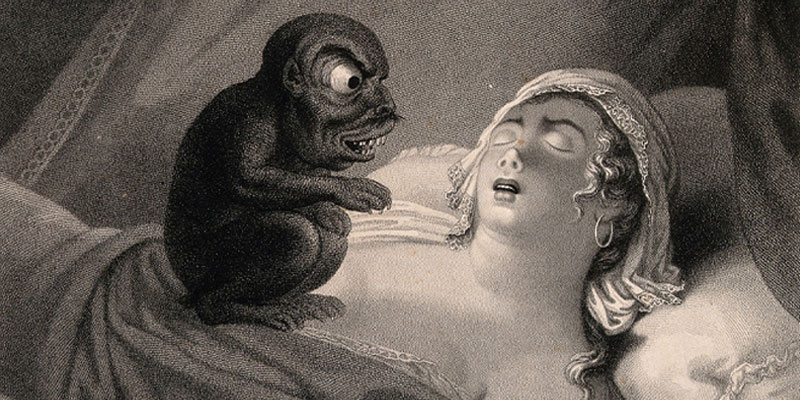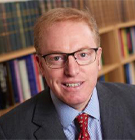The issue
Nightmares, dreams and other sleep disturbances are a common symptom of complex trauma with nightmares recognised as a principal feature of post-traumatic stress disorder (PTSD).
The treatment of nightmares not only alleviates those symptoms but is shown to help reduce PTSD symptoms in general. However, our research shows comparatively few therapists feel their formal training leaves them sufficiently prepared and confident enough to treat the large majority of their clients presenting with these symptoms. Many therapeutic approaches do not have their own theory of dreams nor preferred ways of working with them.
Improving training and support in these areas can have a significant impact on people’s quality of life. It is for this reason that this collaboration between Professor Stoneham and Mr Dzmitry Karpuk of the Complex Trauma Therapists’ Network, UK (CTTN) seeks to address deficits in training and resources. Our aim is to improve understandings of how assumptions and deficits in trauma theory can affect clinical practice, and to increase awareness of therapeutic interventions available for these key trauma symptoms.
The research
Dreams are often assumed to be the results of quasi-perceptual experiences that occur during sleep and are encoded into memory for retrieval upon waking. Professor Stoneham challenges these assumptions by distinguishing between dreaming (the purportedly quasi-perceptual experience) and dreams (the waking experience of reporting a sequence of cognitions). He argues that dreams are confabulations prompted not by rich quasi-perceptual sleep-state experiences, but by confused memories of actual perception and interoception during sleep.
These “real” perceptions and interoceptions are encoded in memory without the normal categorisation which occurs in the waking mind. In the context of rich dream cultures and social expectations about dreams, alongside individual experiences, preoccupations and personalities, the resulting confabulations can deliver rich narratives.
Professor Stoneham's Cultural–Social model of dreams has important implications for the treatment of trauma. It has previously been assumed that the way to treat disturbing dreams is to divulge the narrative and have it interpreted by a specialist; an approach that can be seen in Freud and Jung.
The Cultural–Social model of dreams leaves open the possibility that nightmare symptoms can be treated without the need for the client to divulge the content of nightmares, therefore avoiding a practice that can re-traumatise the client.
Professor Stoneham and Research Associate Dr Robert Davies are working with Dzmitry and the CTTN to assess the effectiveness of non-narrative interventions for the treatment of nightmares and other sleep disturbances, called Systemic Embodied Experiential Reprocessing (SEER). (Dr Louise Moody was a Research Associate on the project 2017 to 2018.)
In addition to their work on dreams, the team conduct original research into trauma memory and trauma-related phenomena such as re-traumatisation.
The outcome
This collaborative research has produced direct benefits to external partners and the CTTN, who continue to run successful workshops that train professionals on nightmares and dreams. The research has also enriched the content of other workshops on trauma, with input from researchers at the Department of Philosophy.
Follow-up interviews conducted by the research team are providing good testimonial evidence for the clinical effectiveness of the interventions, which will allow SEER to become an established and recognised method.
Beneficiaries include the 250 plus clinicians who have been trained with input from the Department of Philosophy as well as the clients who receive the treatment, whose quality of life is sometimes profoundly improved.
Trainees reported they had developed general and theoretical competences, and were confident about how to integrate the training into their practice. Their clients reported reduced nightmare symptoms, better sleep quality, and increased their ability to deal with nightmares and flashbacks when they occur.

